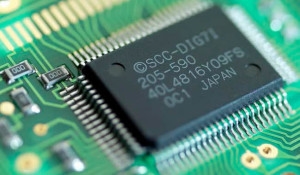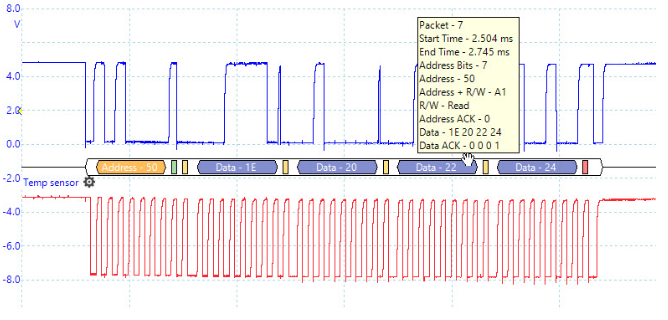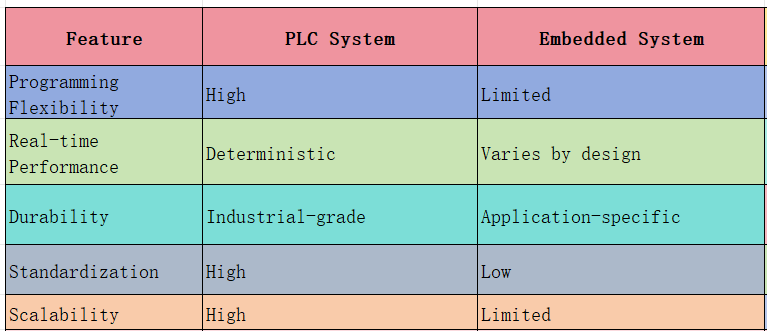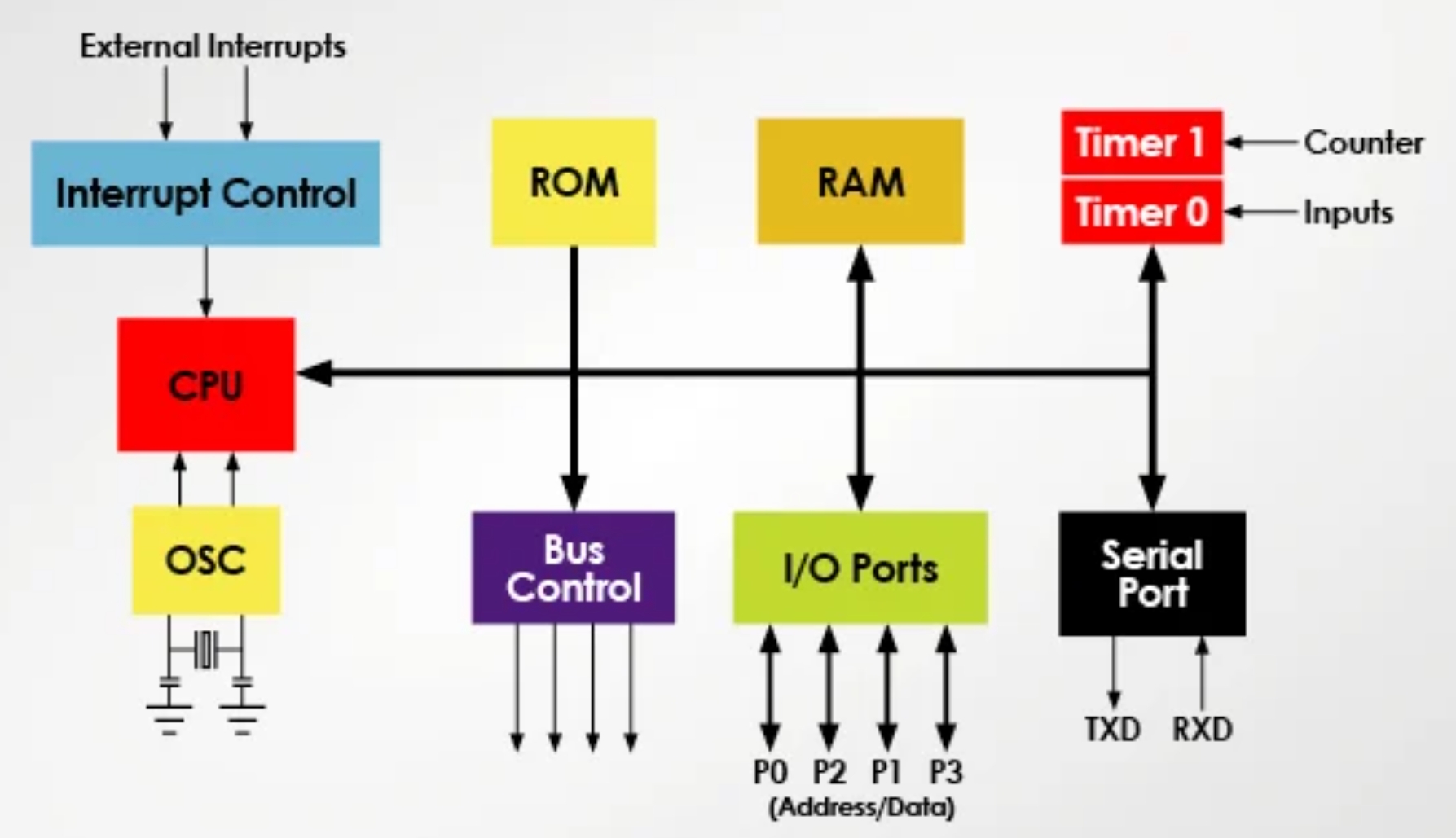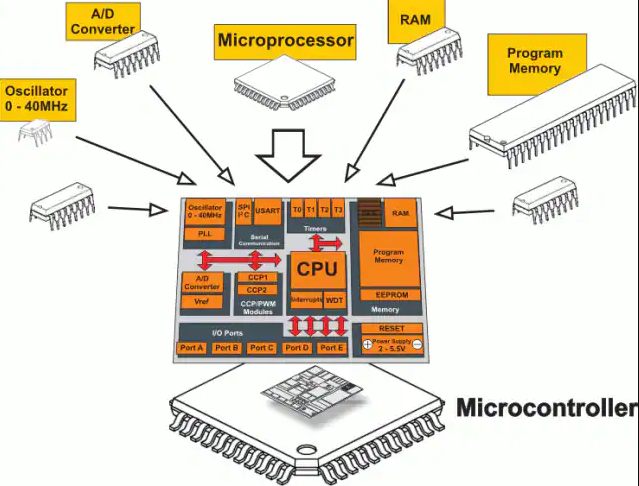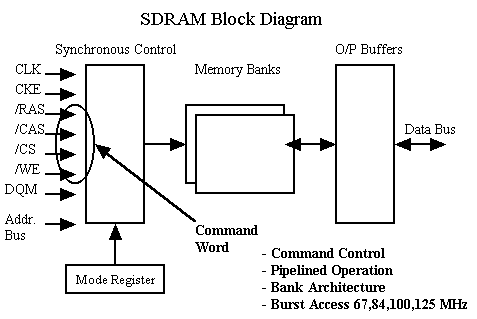Introduction
An input capacitor is a standard component at the input of an LDO (Low-Dropout) voltage regulator. Its purpose extends beyond simple filtering. Selecting the right input capacitor is crucial, as it serves several key functions:
- Filtering: It smooths out voltage fluctuations and noise from the power source, ensuring a stable input for the LDO.
- Transient Response: It supplies current during sudden increases in load demand. This prevents the input voltage from dropping significantly, which could affect the LDO's performance.
- Impedance Reduction: A proper input capacitor lowers the impedance at the input, enabling the LDO to respond more quickly to load transients.
- Noise Suppression: It filters high-frequency noise, preventing it from propagating to other parts of the circuit.
Key Capacitor Parameters
When selecting an input capacitor, consider the following key parameters:
- Capacitance: This value affects the filtering effectiveness and transient response speed.
- ESR (Equivalent Series Resistance): A lower ESR results in better dynamic performance.
- Voltage Rating: The capacitor's rated voltage must be higher than the maximum input voltage to ensure reliability and prevent breakdown.
- Capacitor Type: Common options include ceramic, tantalum, and aluminum electrolytic capacitors. Ceramic capacitors are typically preferred for LDOs due to their low ESR and excellent high-frequency characteristics.
Calculating Input Capacitance
1. Calculating Minimum Capacitance for Load Transients
The input capacitor must handle the current demand during sudden load changes. The minimum capacitance can be estimated with the following formula:
CIN ≥ IOUT(MAX) × Δt / ΔVIN
Where:
- CIN: Input capacitance
- IOUT(MAX): LDO's maximum output current
- Δt: Duration of the load transient
- ΔVIN: Maximum allowable drop in input voltage
For example, if an LDO has a maximum output current of 0.5A, a load transient duration of 10 μs, and an allowable input voltage drop of 0.1V, the calculation is:
CIN ≥ 0.5 A × (10 × 10-6 s) / 0.1 V = 50 μF
Therefore, the input capacitance should be at least 50 μF.
2. Calculating for Ripple Rejection
The input capacitor also needs to handle the ripple from the upstream power supply. The required capacitance is given by:
CIN ≥ IRIPPLE / (2π × f × ΔVRIPPLE)
Where:
- IRIPPLE: Input ripple current from the power supply
- f: Ripple frequency (typically the switching frequency of the upstream DC-DC converter)
- ΔVRIPPLE: Maximum allowable voltage ripple
For example, if the ripple current is 0.2A, the switching frequency is 100 kHz, and the allowable voltage ripple is 50 mV:
CIN ≥ 0.2 A / (2 × 3.1416 × 100,000 Hz × 0.05 V) ≈ 6.37 μF
To provide a safety margin, a capacitor of 10 μF or larger would be a suitable choice in this case.
3. Determining the Final Capacitance Value
Compare the results from the transient and ripple calculations and choose the larger value as the minimum required capacitance. It is good practice to select a standard capacitor value that is 1.5 to 2 times this calculated minimum to provide a safety margin. Always consult the LDO's datasheet, as it will often recommend a specific range for the input capacitance.
4. Choosing the Capacitor Type
Ceramic Capacitors: These are favored for their low ESR, excellent high-frequency performance, compact size, and long lifespan. However, their effective capacitance decreases with applied DC voltage (DC bias effect). When using ceramic capacitors, choose dielectrics like X5R or X7R and select a nominal value large enough to account for this derating.
Aluminum Electrolytic Capacitors: While offering high capacitance at a low cost, these have higher ESR, poor high-frequency characteristics, shorter lifespans, and are physically larger. They are generally not the preferred choice for modern LDO inputs.
Summary and Best Practices
- Consult the Datasheet: Different LDOs have specific requirements. The safest approach is to follow the recommended capacitance and ESR range provided in the component's datasheet.
- Add a Decoupling Capacitor: For improved high-frequency noise filtering, it is common practice to place a small ceramic capacitor (e.g., 0.1 μF or 1 μF) in parallel with the main input capacitor.
- Optimize Layout: Place the input capacitor as close as possible to the LDO's input pin to minimize parasitic inductance and resistance from PCB traces.
- Consider Environmental Factors: For applications involving high temperatures or long operational lifetimes, select capacitors with appropriate temperature ratings and longevity.
- Account for Aging: Capacitance values can decrease over time. Selecting a capacitor with a nominal value 1.5 to 2 times the calculated minimum provides a good margin for long-term stability.
 ALLPCB
ALLPCB


